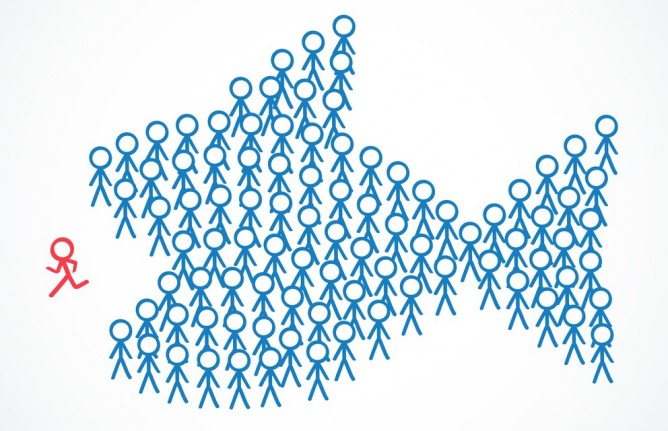 Bullying is a major health problem affecting adolescents around the globe. Now, a new Israeli-American study suggests that adolescents who suffer most from violence are actually both perpetrators (“bullies”) and targets (“victims”).
Bullying is a major health problem affecting adolescents around the globe. Now, a new Israeli-American study suggests that adolescents who suffer most from violence are actually both perpetrators (“bullies”) and targets (“victims”).
The study was conducted by Prof. Christopher Henrich from the Department of Psychology of Georgia State University in the US, and Prof. Golan Shahar from the Department of Psychology at Ben-Gurion University of the Negev in Israel.
Using publically available data collected by the National Institute of Child Health and Human Development (NICHD), Henrich and Shahar focused on 1,081 fifth graders who were tracked for a year. The investigators examined the effects of bullying, and having been bullied, during fifth grade, on changes in depressive symptoms during the one-year interval. They found that those who reported to both perpetrate and having been targeted for violence exhibited a steeper increase in violence during the one-year follow up in sixth grade.
According to Shahar, these findings have relevance for both the basic scientific understanding of adolescent violence and the development of preventive intervention targeting youth violence and depression.
“We are all inclined to divide the world into good and bad, strong and weak, vulnerable and resilient,” says Shahar. “Our findings, however, question this tendency by noting that the most disturbed adolescents are both perpetrators and victims.”
It was also found that adolescents who were already depressed during fifth grade showed the highest levels of violence-related depression during sixth grade.
“The most likely culprit,” says Shahar, “is a violent social environment which propels youth to be both violent and afflicted. They might signal their plight through elevated symptoms of depression. Unfortunately, such a depression might render these teens particularly vulnerable to the effects of violence, creating a vicious cycle.”
The findings were published in the journal Prevention Science.
Illustration by Shutterstock.com.













